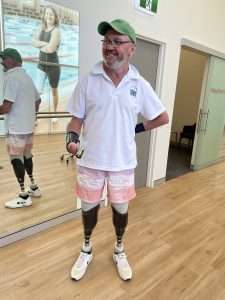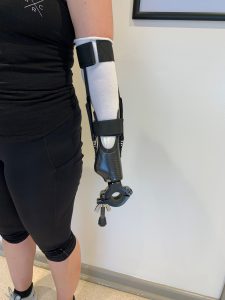Specially designed prostheses are often required when an amputee wants to perform activities that exceed or differ from day-to-day ambulation (walking) and recreational activities.
APC Prosthetics continues to lead the profession in prosthetic innovation. Our team is internationally recognised in specially designed recreation and sporting prostheses in a broad range of activities including athletics, swimming, skiing, cycling, golf, weightlifting and more. Whether you need a prosthetic wet leg, a prosthetic running leg, or an arm to help you do gymnastics, ride a bike, or have help with a specific task, reach out to your clinician so that they can assist you in organising funding and achieving these goals.
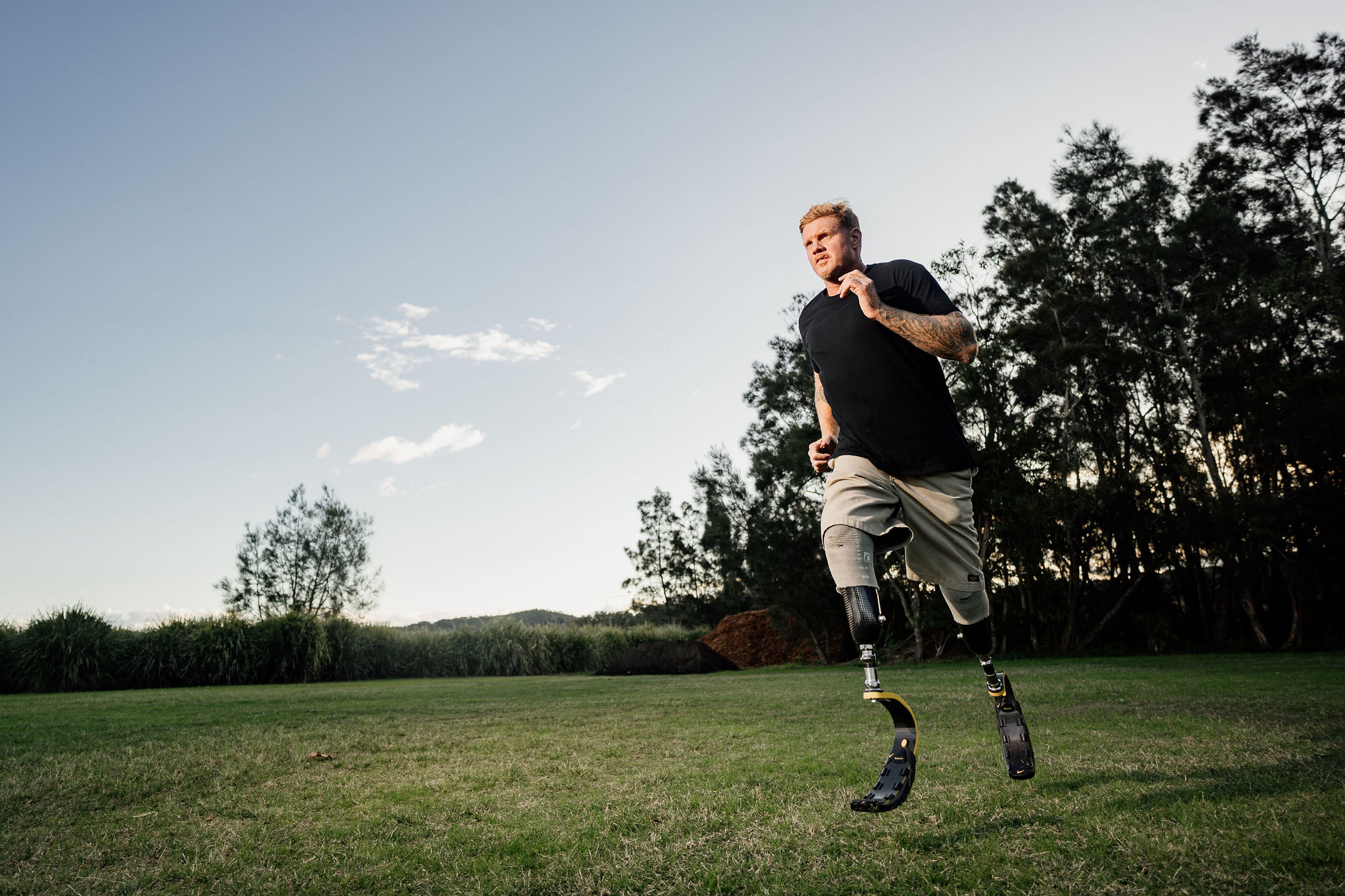
If you are interested in competitive or social sporting activities, we are happy to provide contact details for the respective sports institutes and sporting bodies.
There are many different activities you may be interested in. Below are a few of the most common prescribed devices. If you are keen on multiple sports, make sure you include this in your goals and your consultations with your prosthetist as they can try to prescribe a device that will suit all your needs.
The most common specialty prosthesis is a prosthetic wet leg, which enables the amputee to use the prosthesis for tasks involving water and activities in wet environments. Many manufacturers of prosthetic components have been waterproofing more and more devices leading to great advances in water-based recreational activity and swimming prosthetic options. There are different prescription considerations depending on if it is for accessing wet environments, wading and submerging and walking through water to swimming laps or submersion to low depths. For example, when it comes to swimming, prosthetics can be specially designed to allow for the use of flippers.
Why is a waterproof prosthetic device important?
What activities may need a waterproof prosthesis?
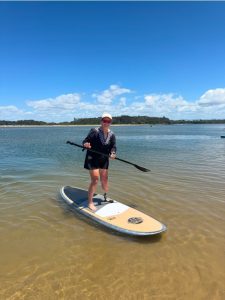
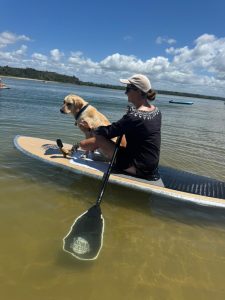
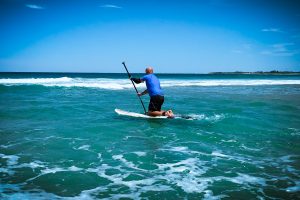
When it comes to running with a prosthetic leg, propulsion and energy generation is lost or altered with amputation or limb difference. Asymmetry and imbalance can affect the quality of a runner with either upper or lower limb affected.
The development of “hybrid” prosthetic components has expanded greatly, in particular the numerous designs of prosthetic feet which allows the amputee to access a wide range of recreational activities without compromising general walking. Or for serious runners, there are specific running blades that you can trial to find the right option for you and how you want to run.

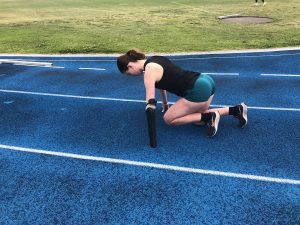
Riding bikes for amputees with either upper limb or lower limb amputations and limb difference can be difficult without the use of a specialty prosthesis or a specific attachment. Holding the handlebars, power generation, range of motion are all things that can affect the prescription. Recreational prostheses can allow amputees to get back to sporting activities such as, riding a bike with a prosthetic leg or prosthetic arm with family, friend s, at the gym on a stationary bike or competitively.
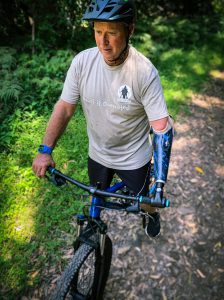
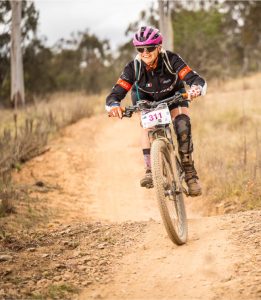
High torsion forces (twisting) that occur during golf can lead a user who participates regularly to require a recreational prosthesis for golf. Different suspension methods may be required to the everyday prosthesis to help reduce socket forces, sometimes with additional torsion components can help with success and comfort when playing golf with a prosthetic leg. Certain terminal devices exist or custom TDs can be fabricated to help upper limb users grip their clubs.
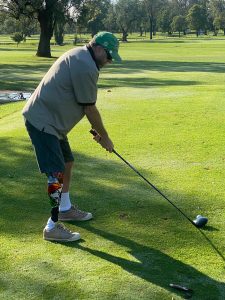

Crouch positions, wet environments and high impact forces found in snow sports mean that a regular participant may require a sport-specific prosthetic device. Ossur’s mobility clinic on the snow is a great day to get exposure to snow sports as an amputee, where you can try different methods of participation.

A prosthesis used for a specific task/sport/activity– e.g. A weightlifting arm, driving, cycling, drawing attachment etc, can be vital for a functional life and participation especially with upper limb prosthetics. Different terminal devices can be prescribed to allow the user to change between activities with different grip needs whilst wearing the same socket.
If you have any questions about specialty or recreational prostheses, please contact us

